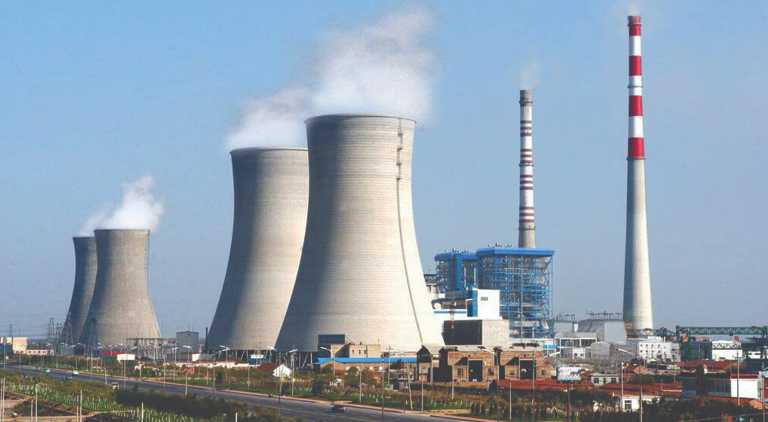Compressed Air in Thermal Power Plants
By EPR Magazine Editorial December 5, 2020 10:40 am IST
By EPR Magazine Editorial December 5, 2020 10:40 am IST

Compressed air at a power plant finds application in coal handling, operating pneumatic instruments connected with boilers, turbines, generators, precipitators, and ash handling system.
India is the world’s third-largest producer and consumer of electricity. And while renewable energy will take over a larger share of power generation in India, thermal power will continue to meet India’s base power needs for the foreseeable future. More than 65 percent of India’s electricity generation capacity comes from thermal power plants, with 85 percent of the country’s thermal power generation being coal-based.
Compressed air at a power plant finds application in coal handling, operating pneumatic instruments connected with boilers, turbines, generators, precipitators, and ash handling system.
The air system in a thermal power plant is divided into instrument air and service air. As the name suggests, instrument air is used to operate pneumatic instruments where the quality of instrument air is of paramount importance; mandatorily in line with the ISO 8573 Class-1 norms thereby ensuring pulsation-free discharge air. This air passes through the solenoid valves of various pneumatic controllers, resulting in precise control of valve operations.
Service air is required for the cleaning, purging of filters, and for ash transportation. Though the service air quality requirements are not as stringent as those of instrument air, several thermal power plants use a single compressed air solution to address both the service air and instrument air needs, thereby easing the requirement of spares and related inventory.
There are changes in the pressure required based on the application of compressed air in power plants. Typically, for the instrument air, the pressure ranges from 7 to 8 bar (low volume, high pressure), and for the conveying/ash handling system, the pressure ranges from 3 to 5 bar (high Volume, low pressure). Based on the application, the design of the compressor also changes to suit the flow and pressure requirements.
Power plants are categorised based on capacity generation in megawatts. Traditional power plants generate capacity between 250 to 500 MW. With recent developments, the present power plants are designed to generate capacity up to 1,200 MW. These power plants are termed as ultra-supercritical plants. With advancements in technology, these power plants occupy the same space as that of traditional power plants thereby resulting in space and utility savings together with operational cost conservation.
Authored by:We use cookies to personalize your experience. By continuing to visit this website you agree to our Terms & Conditions, Privacy Policy and Cookie Policy.